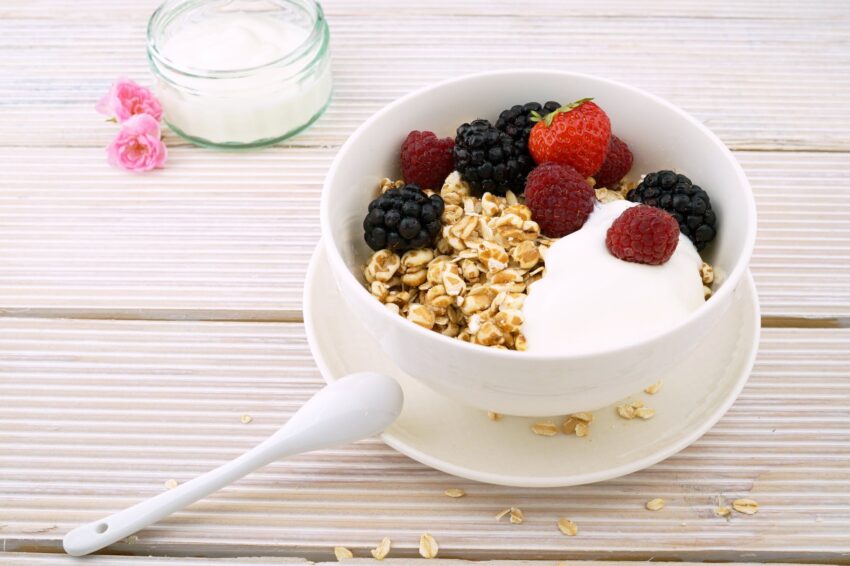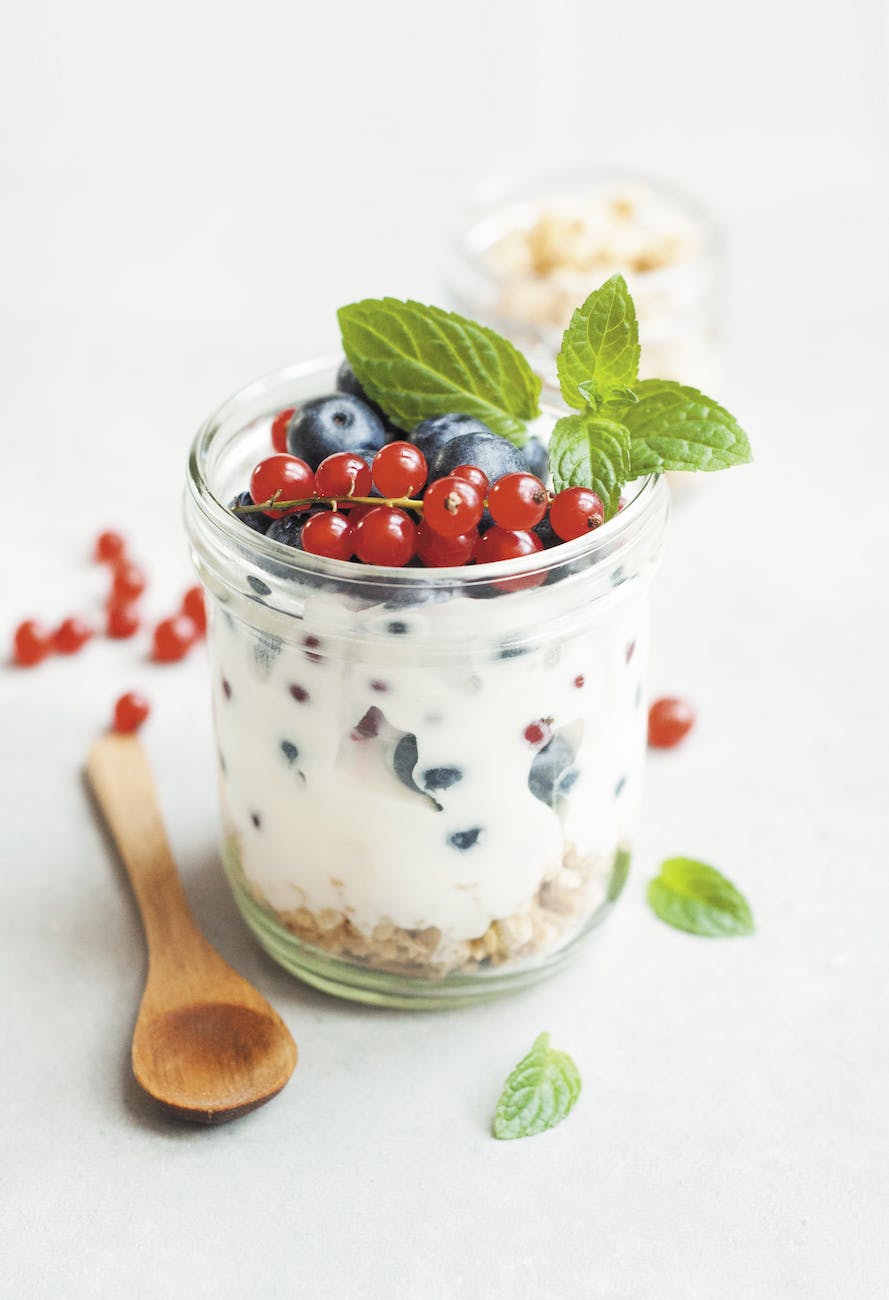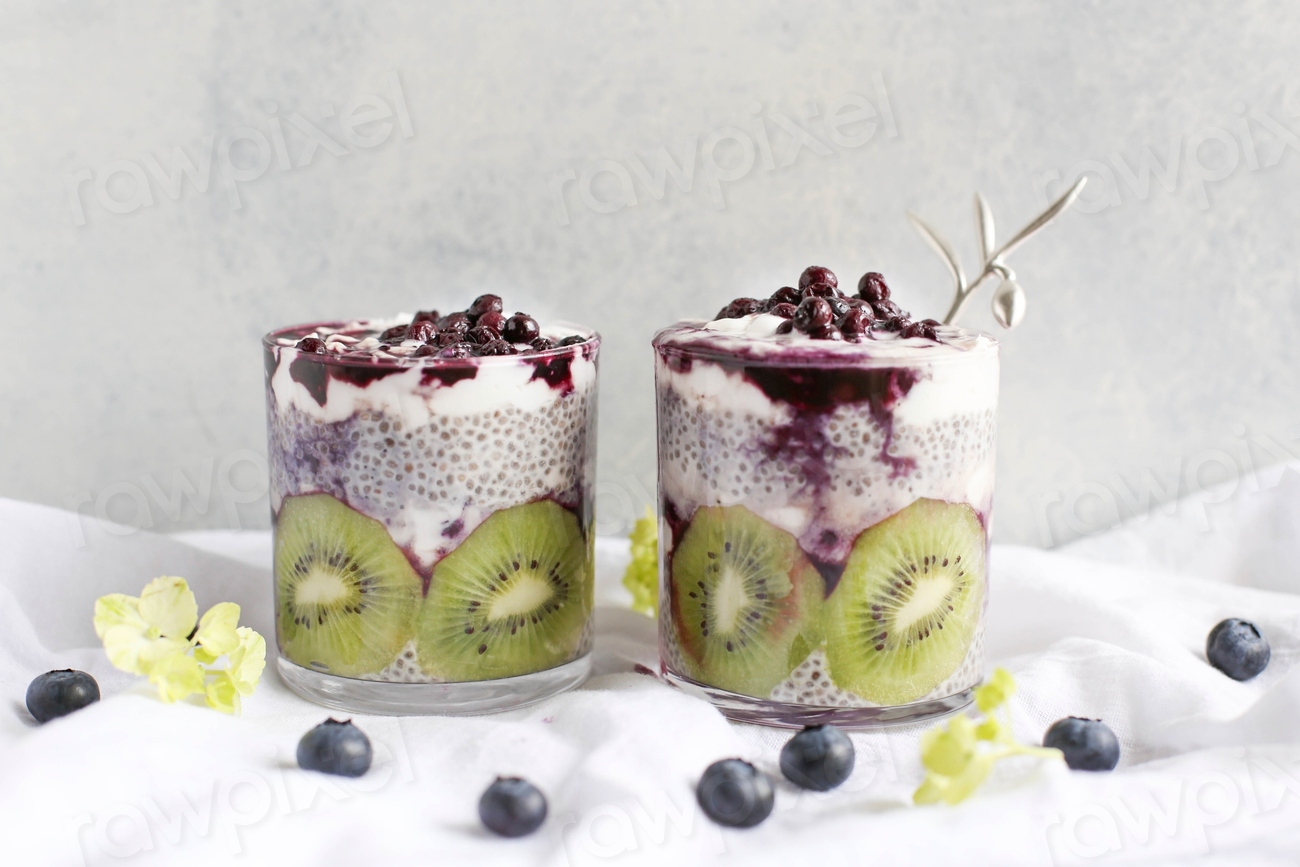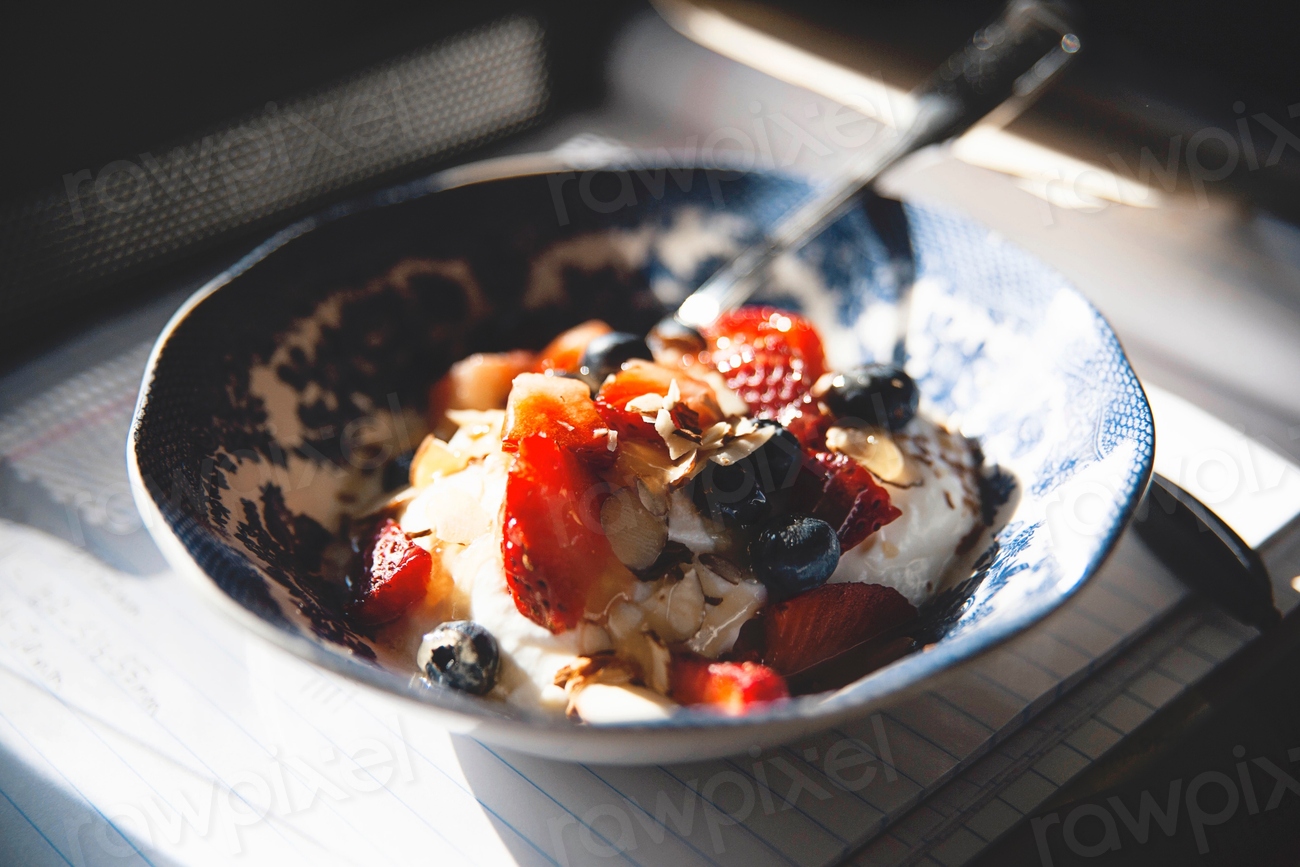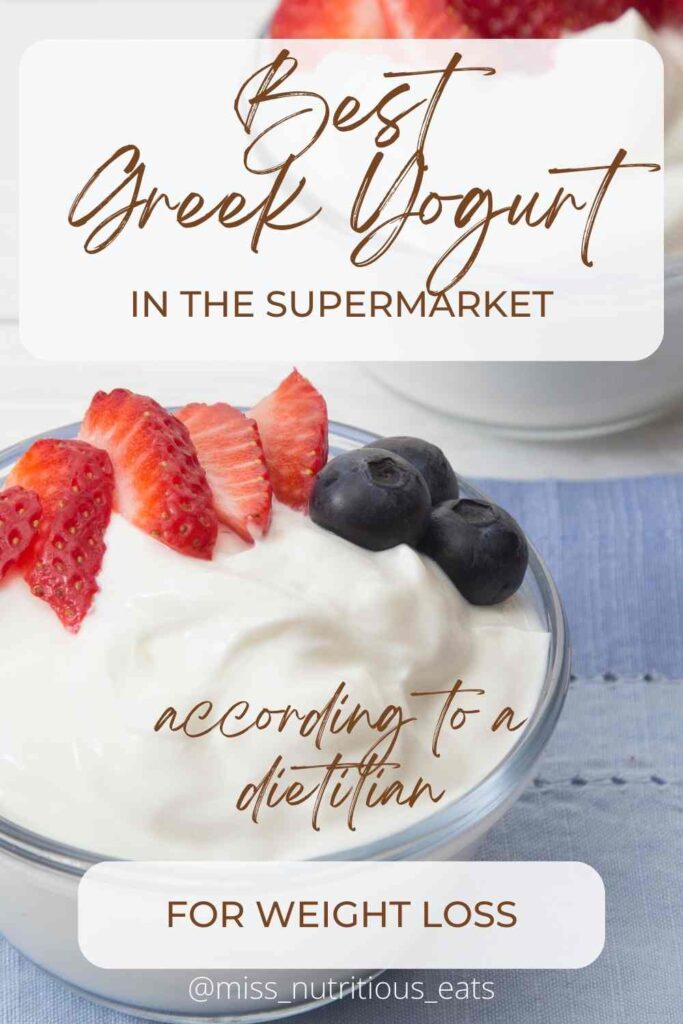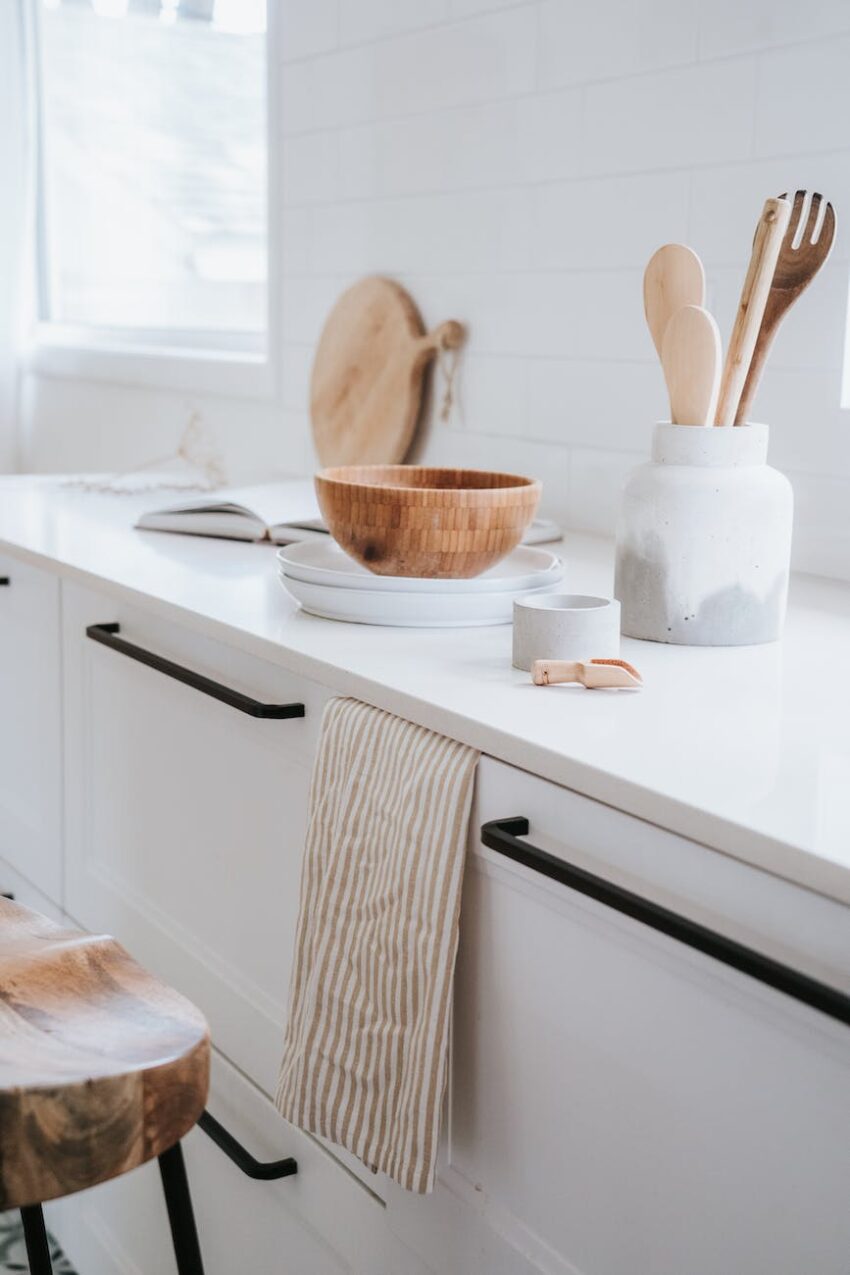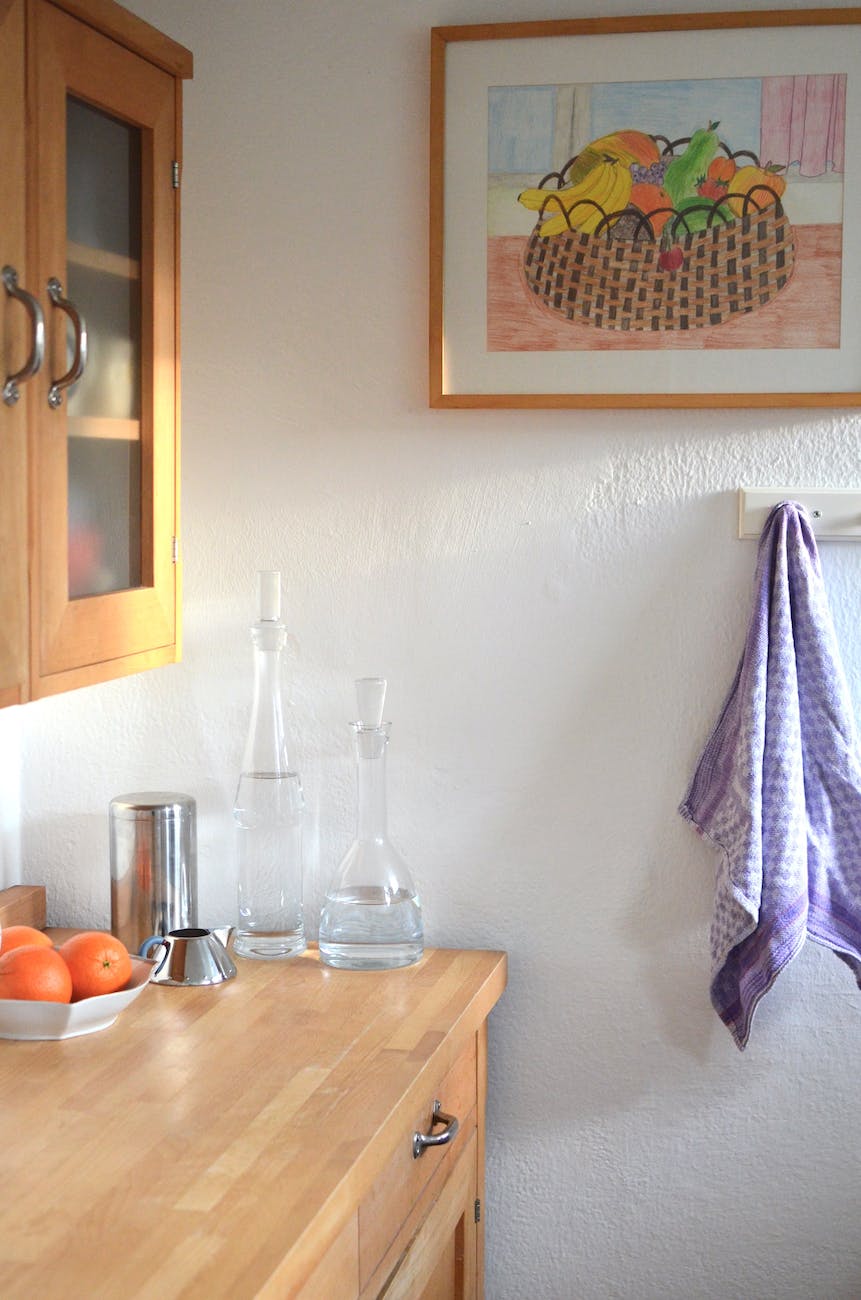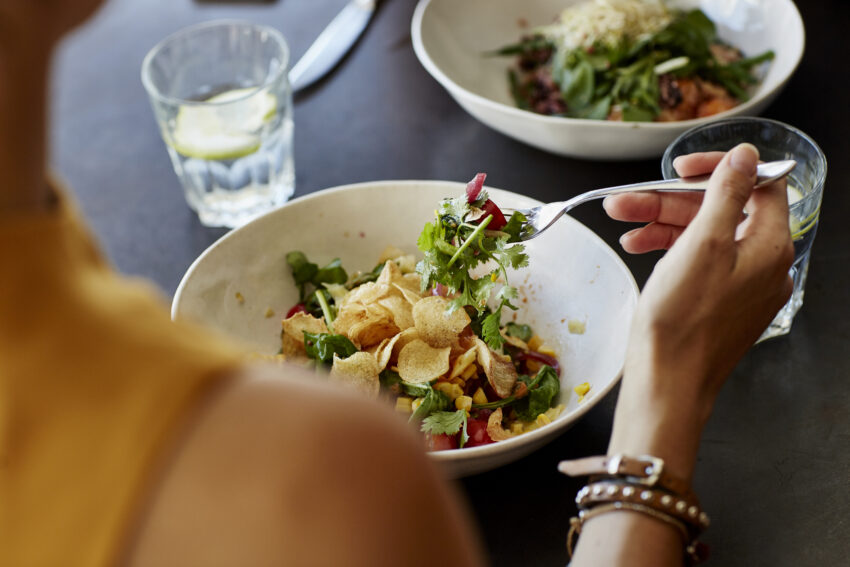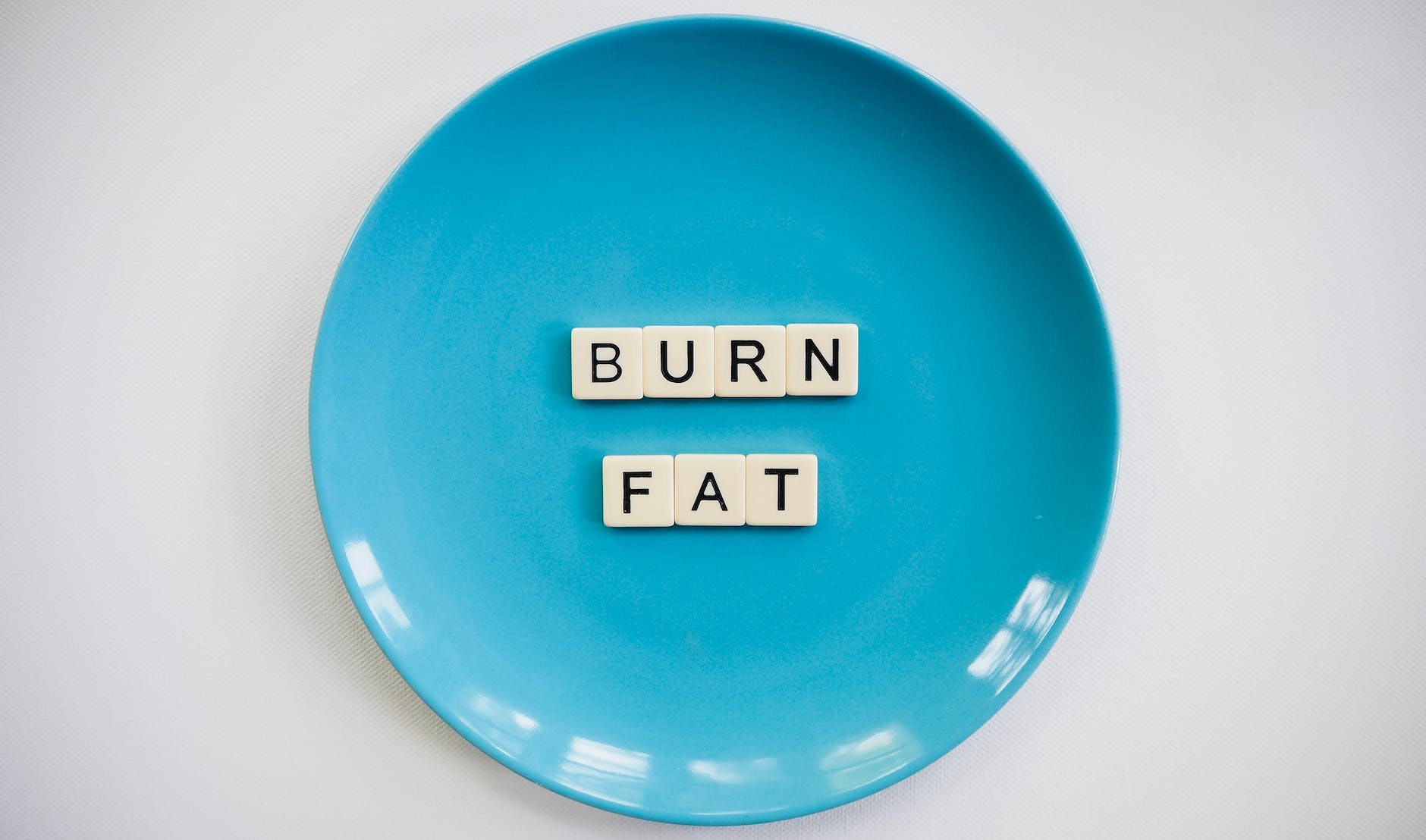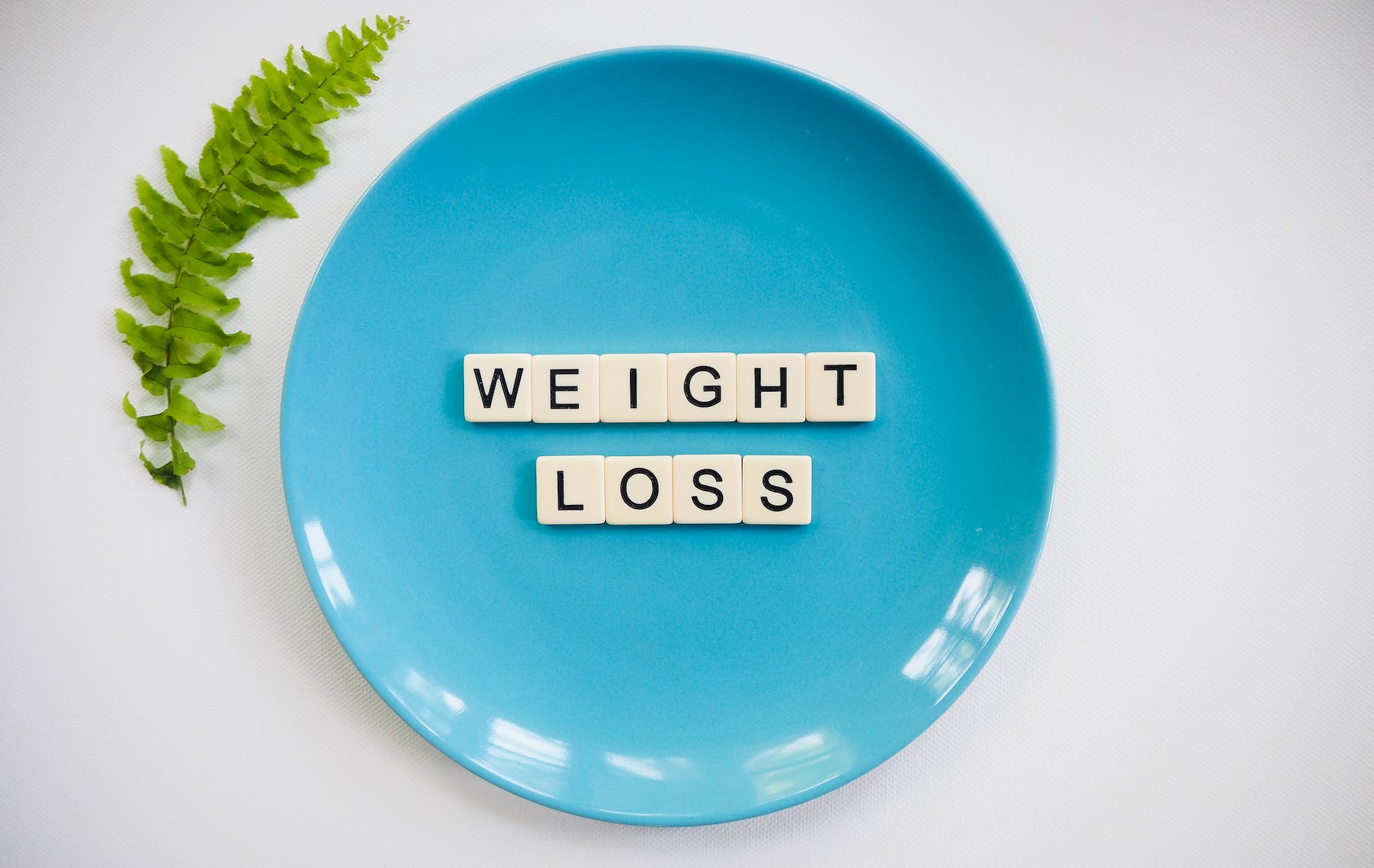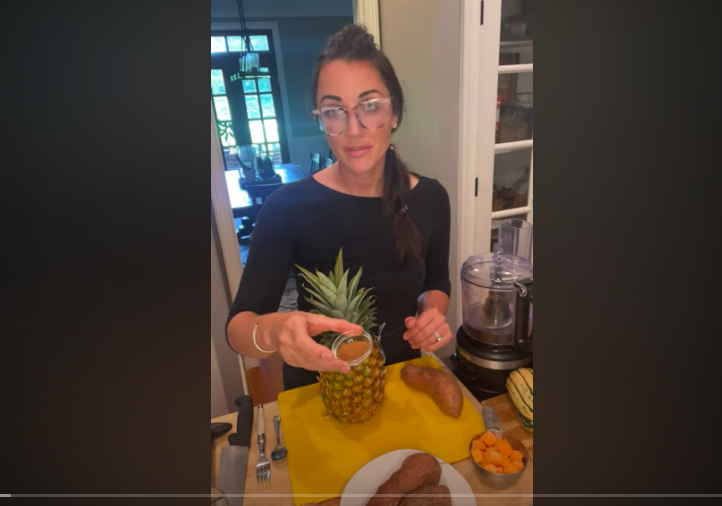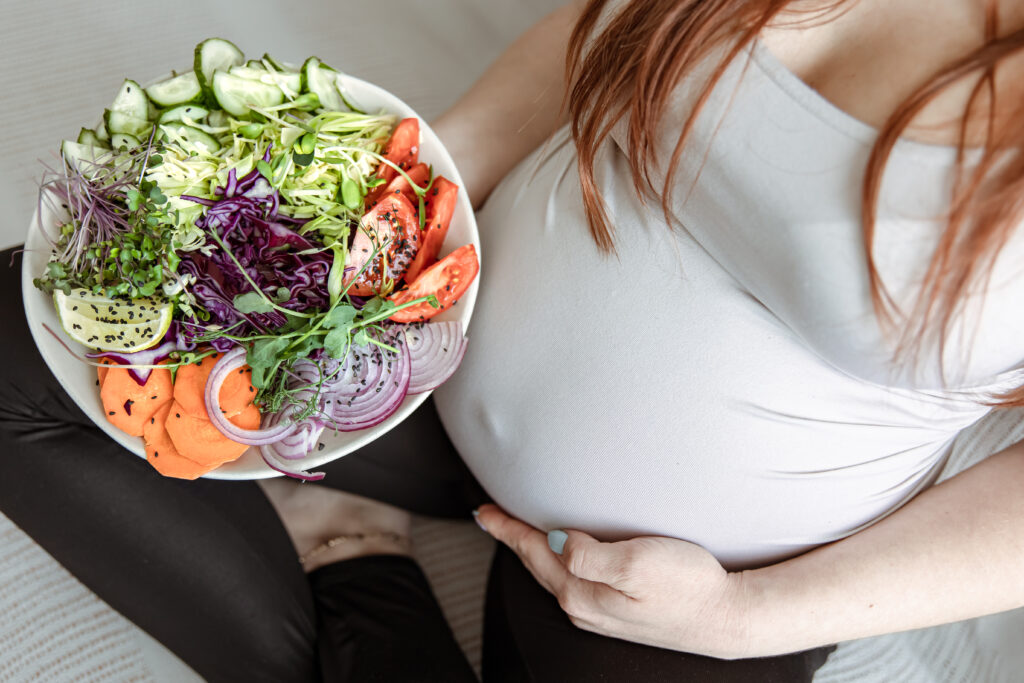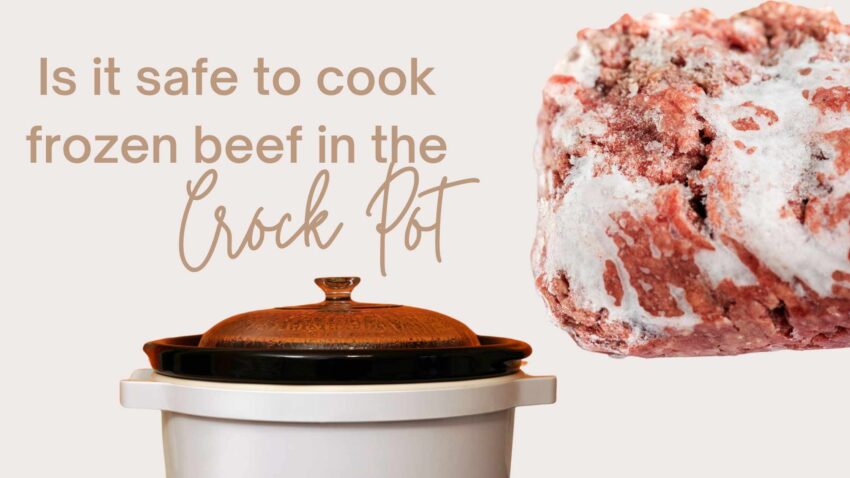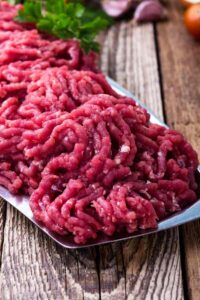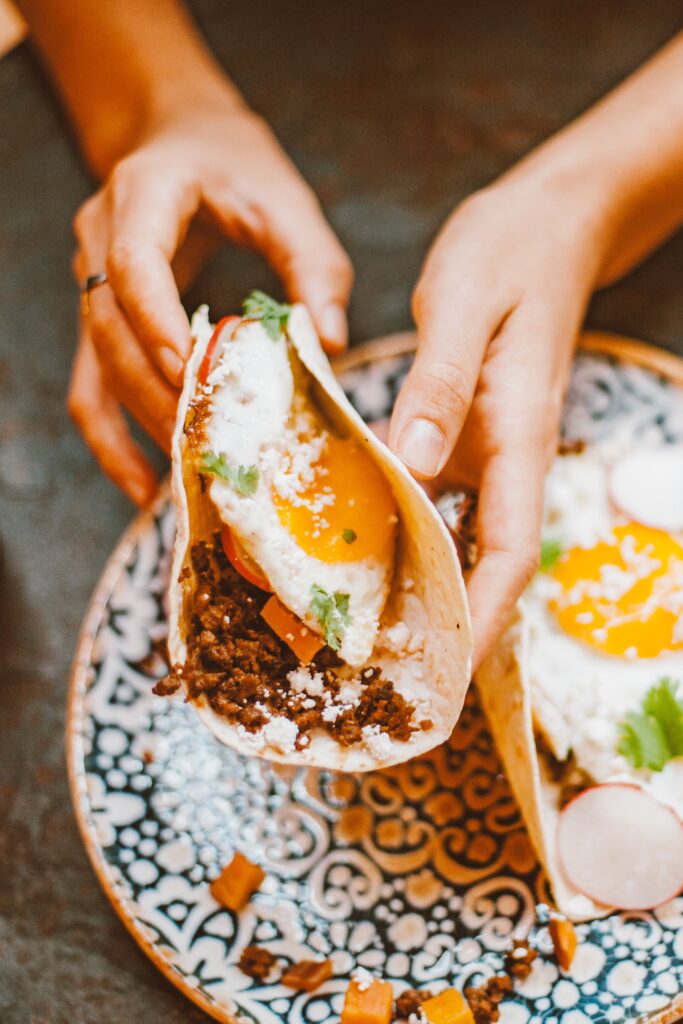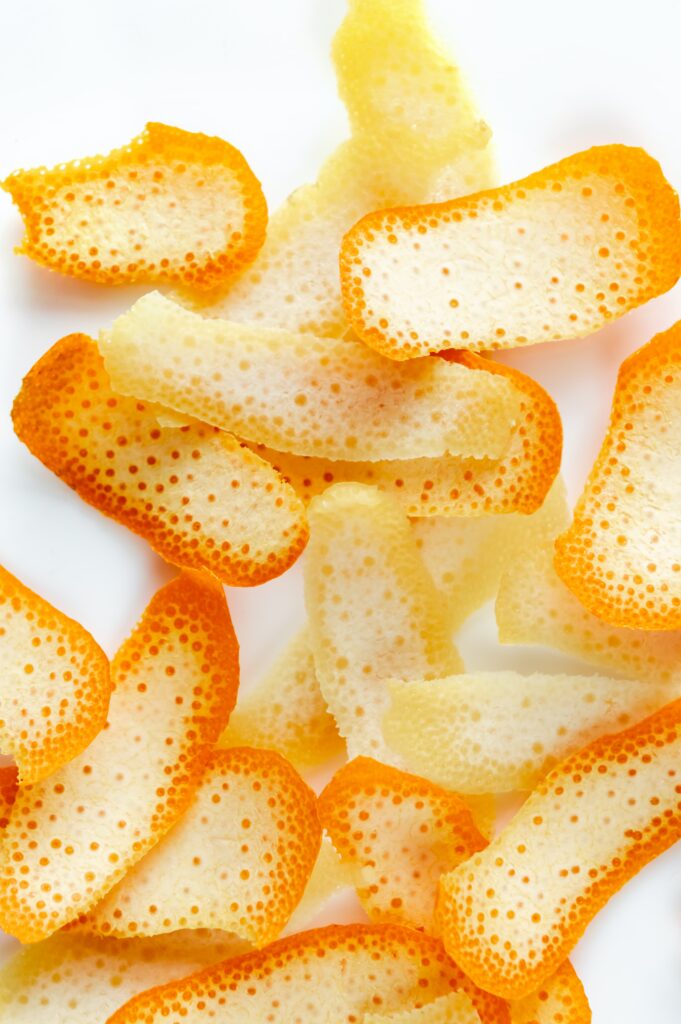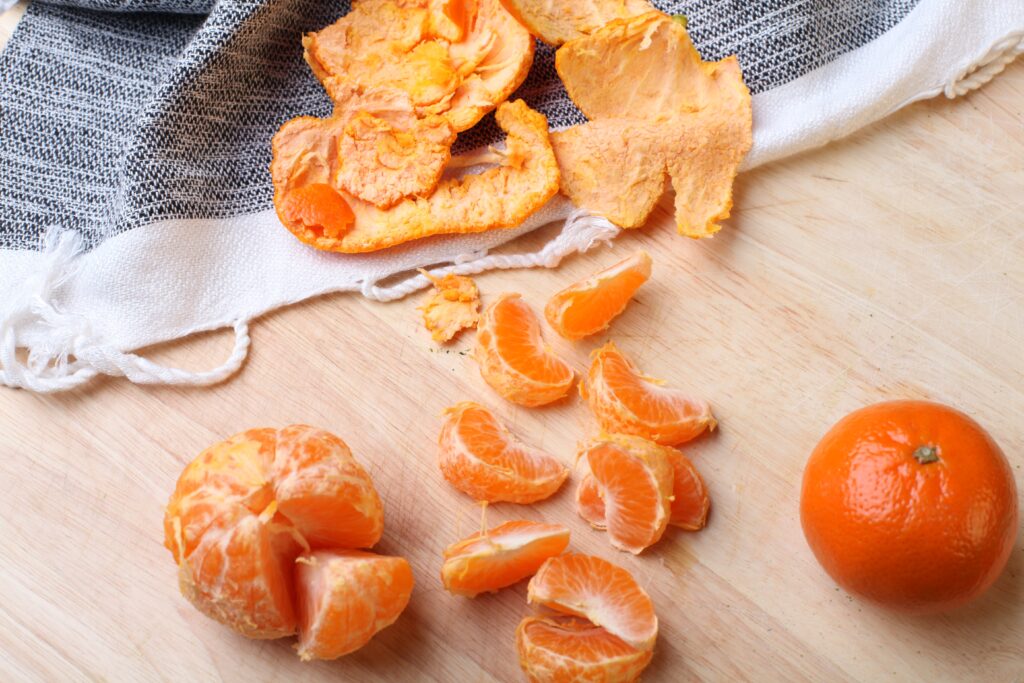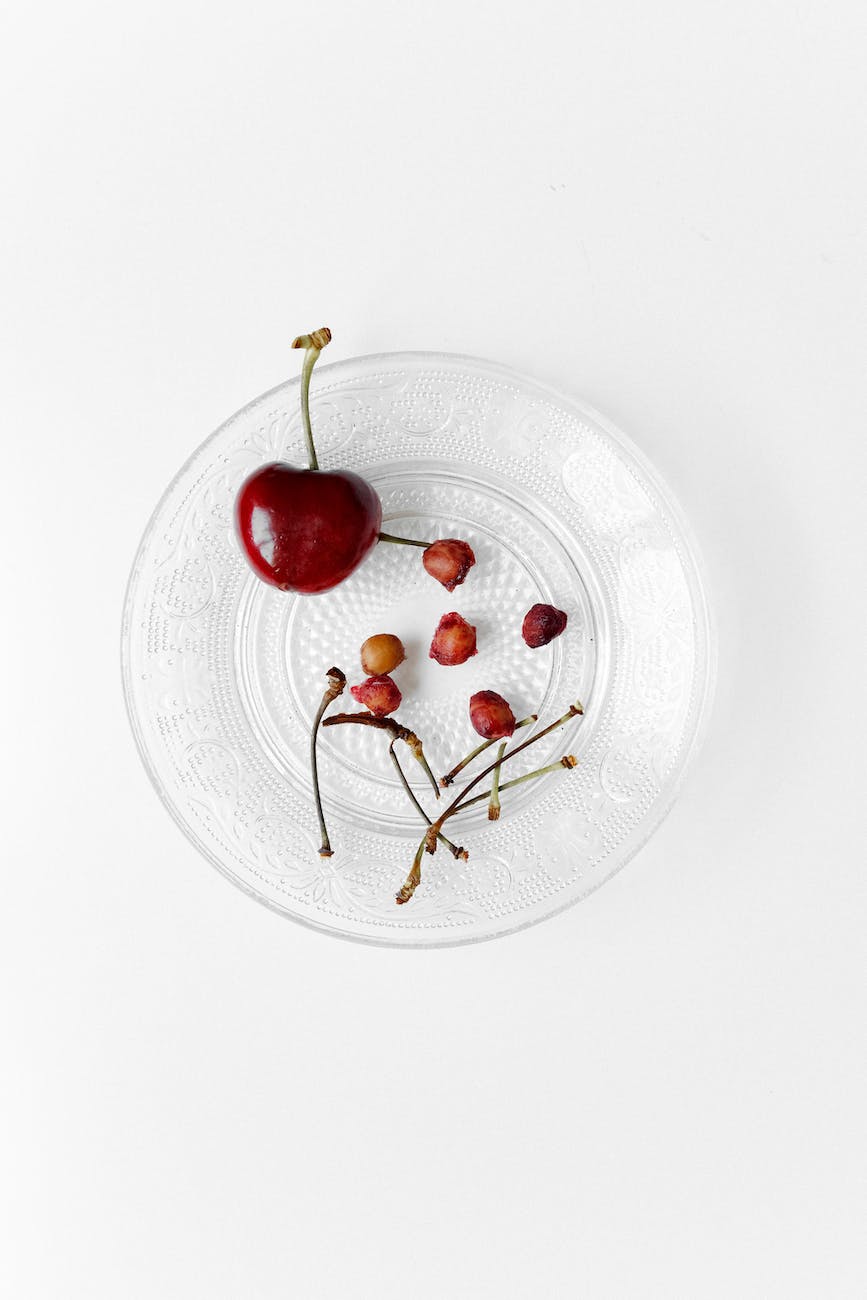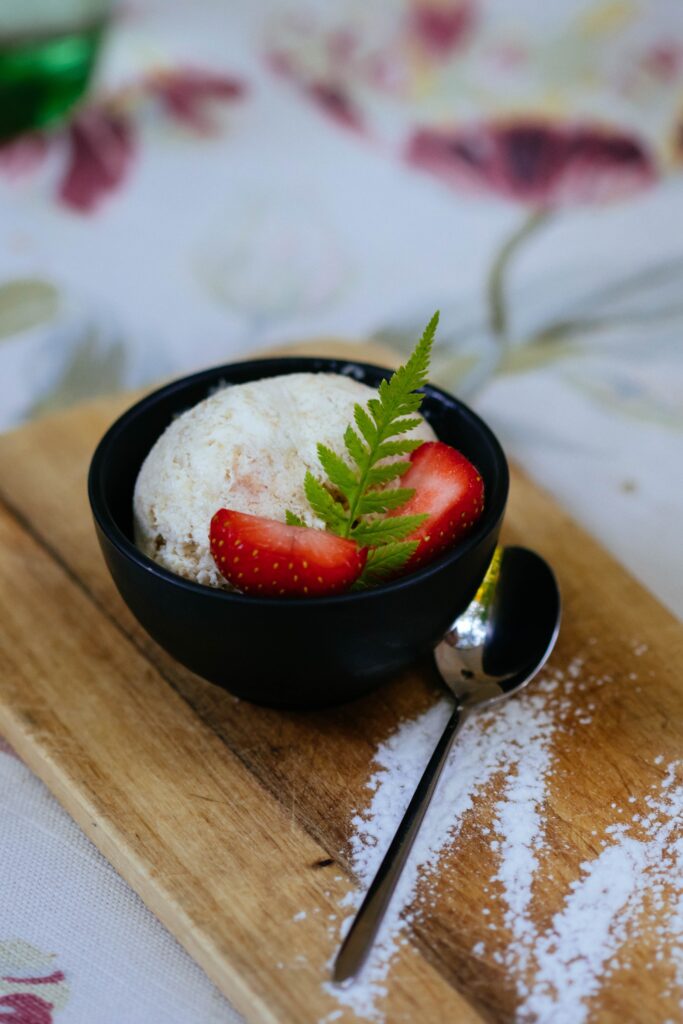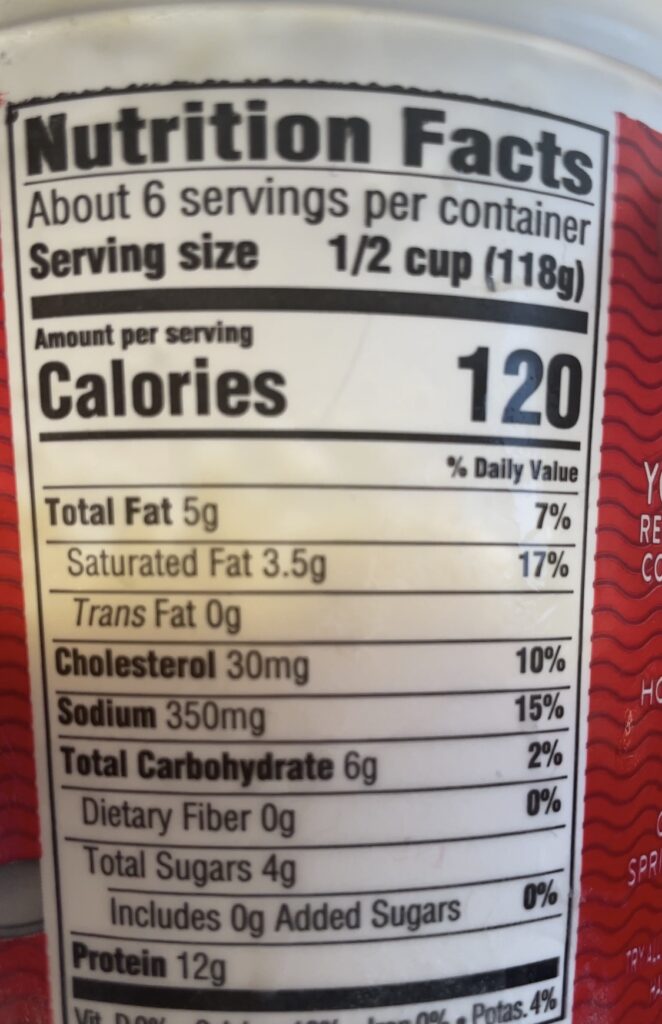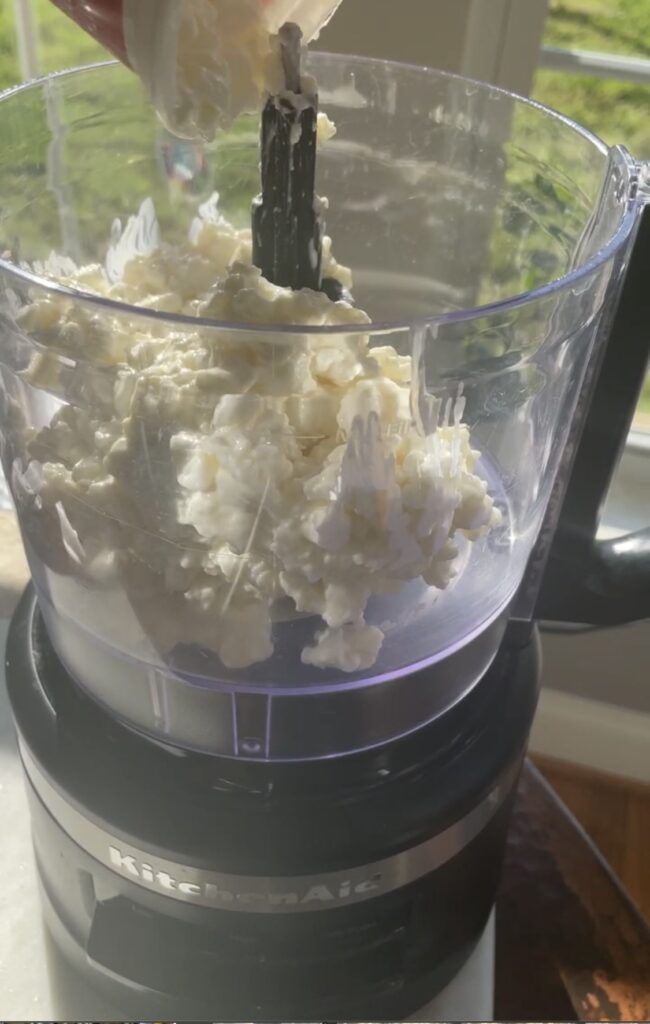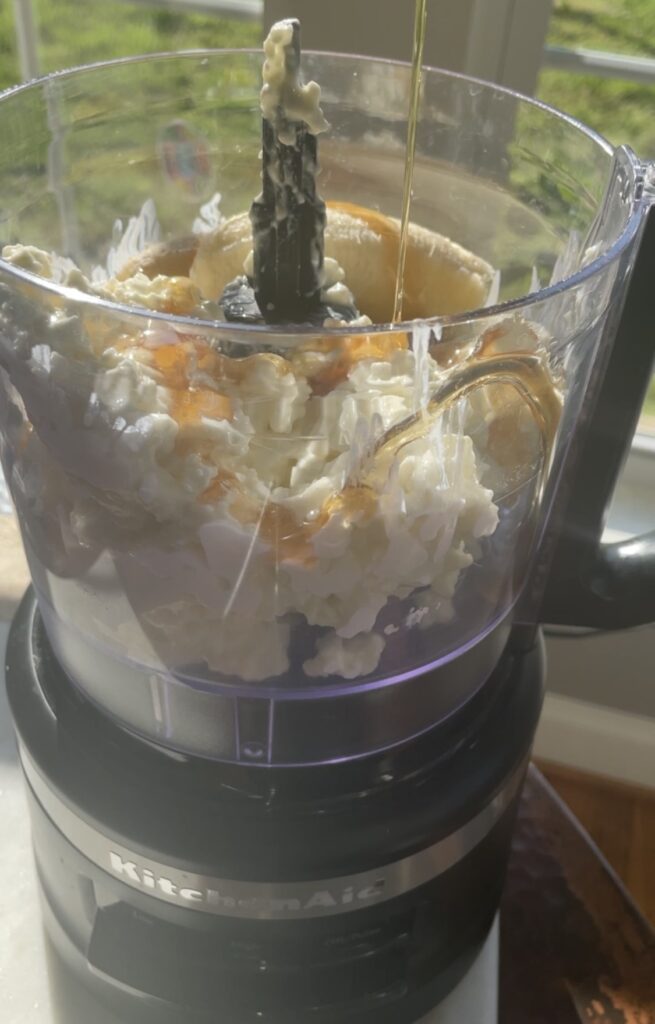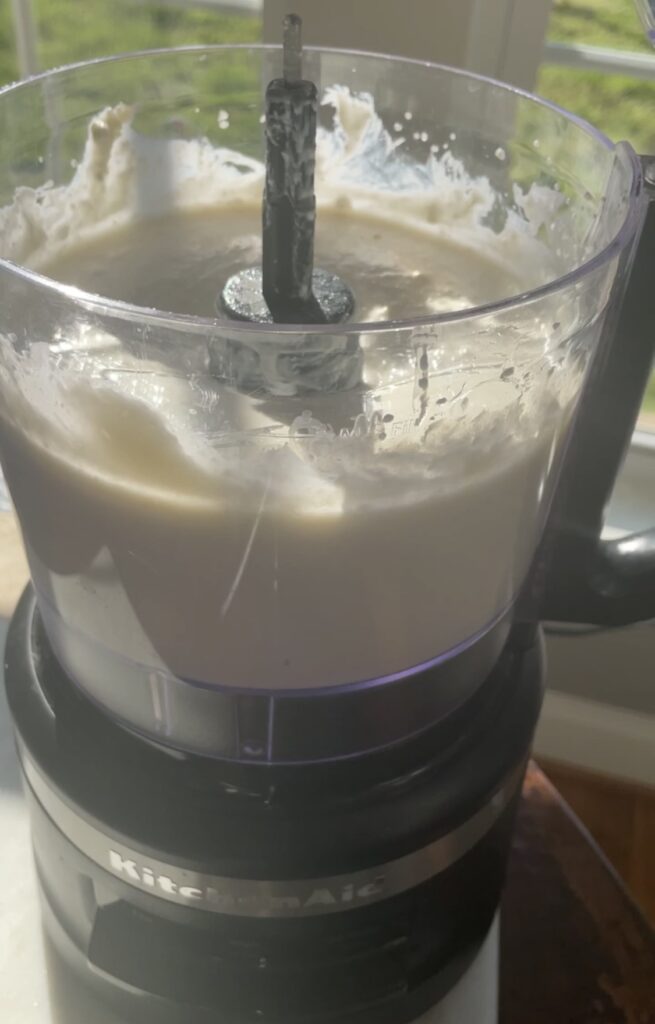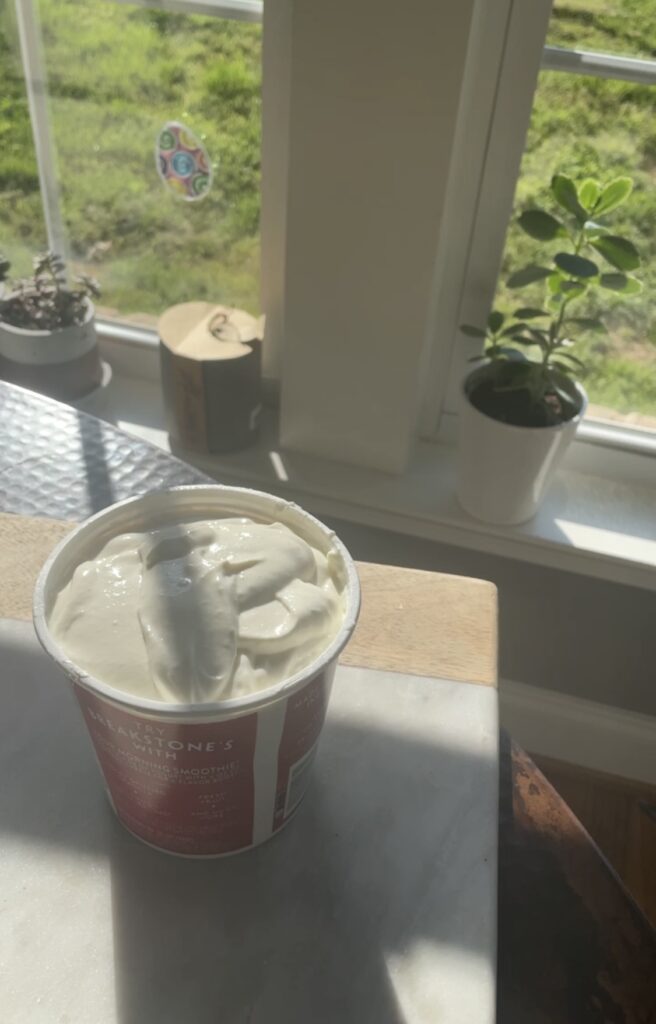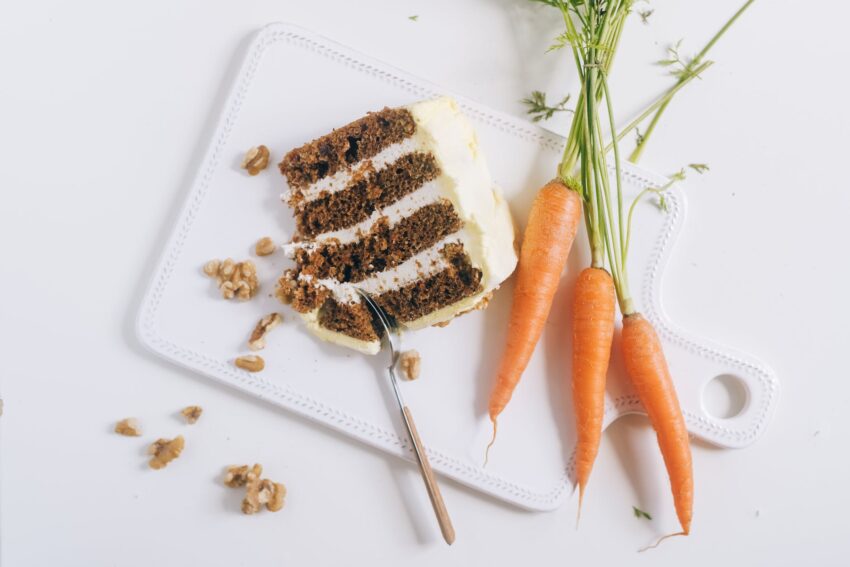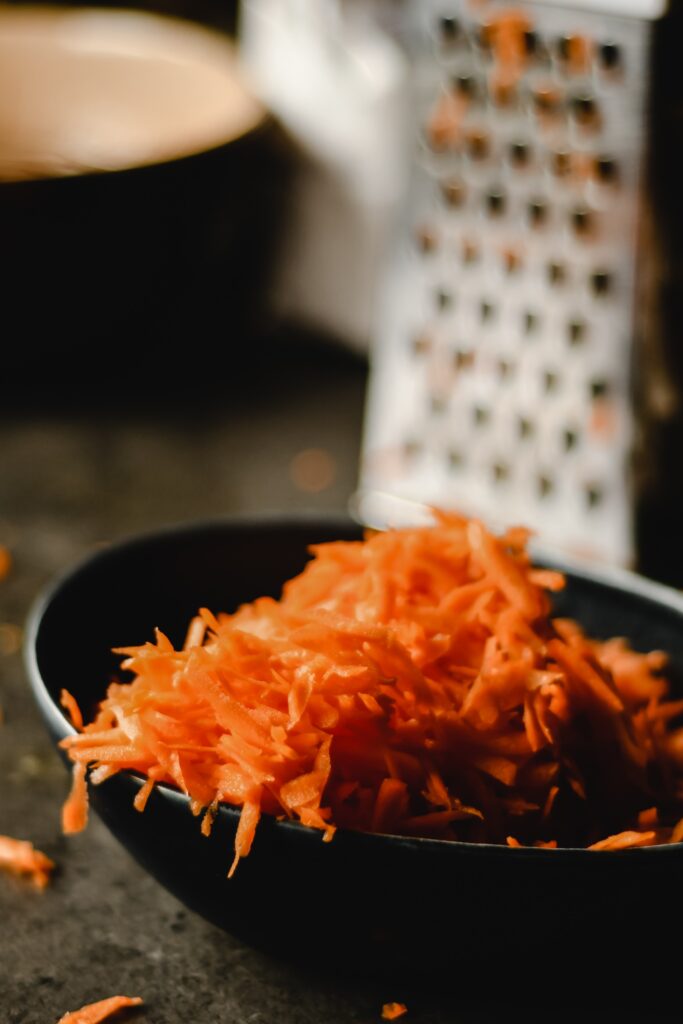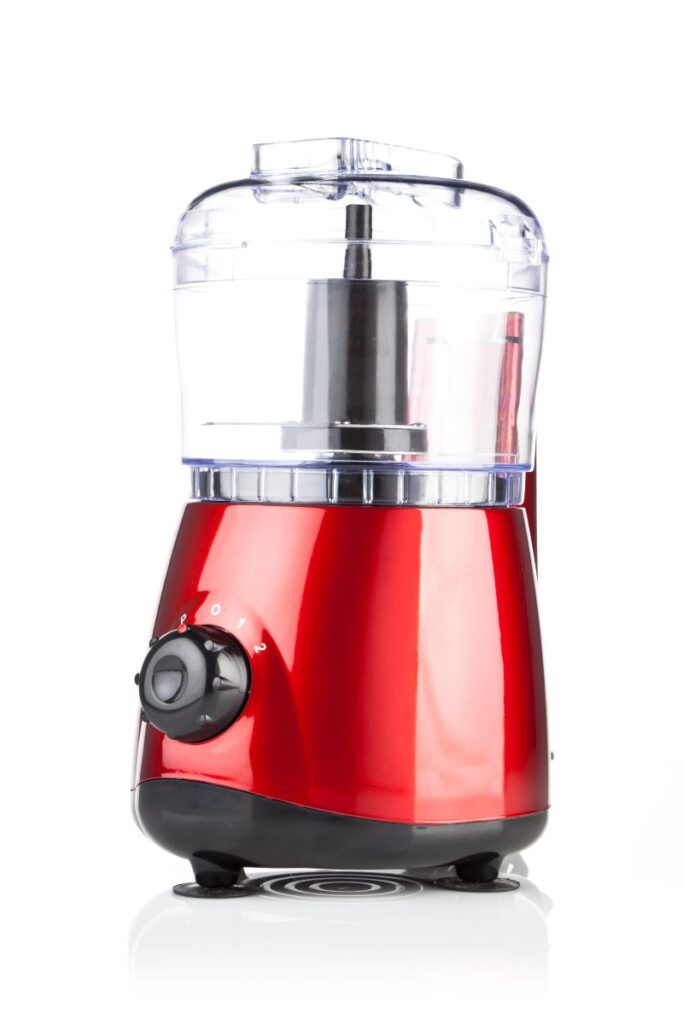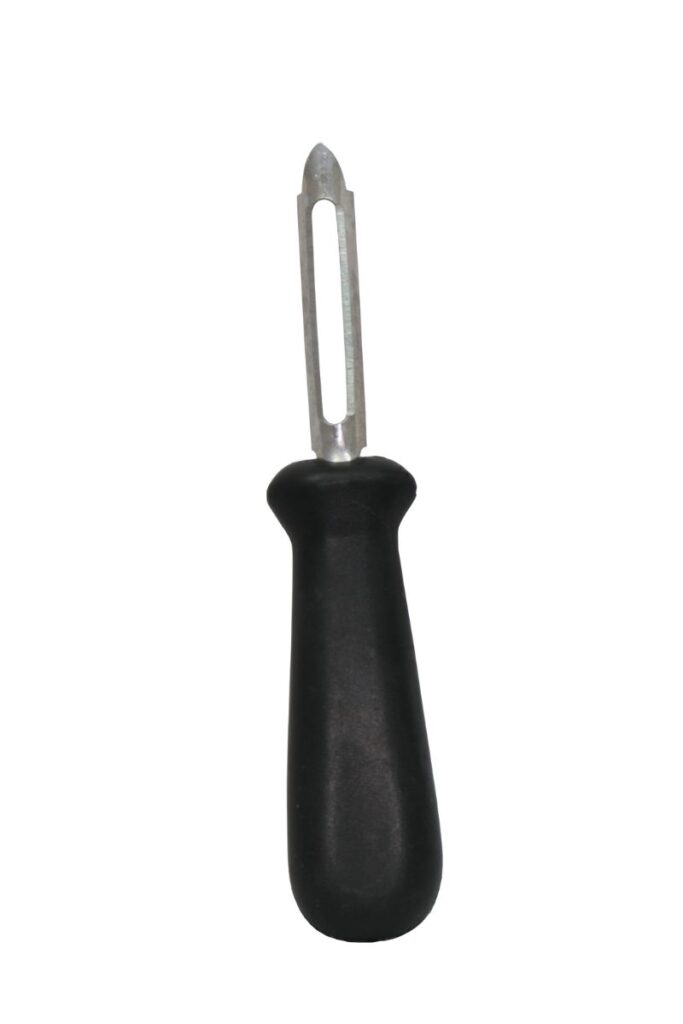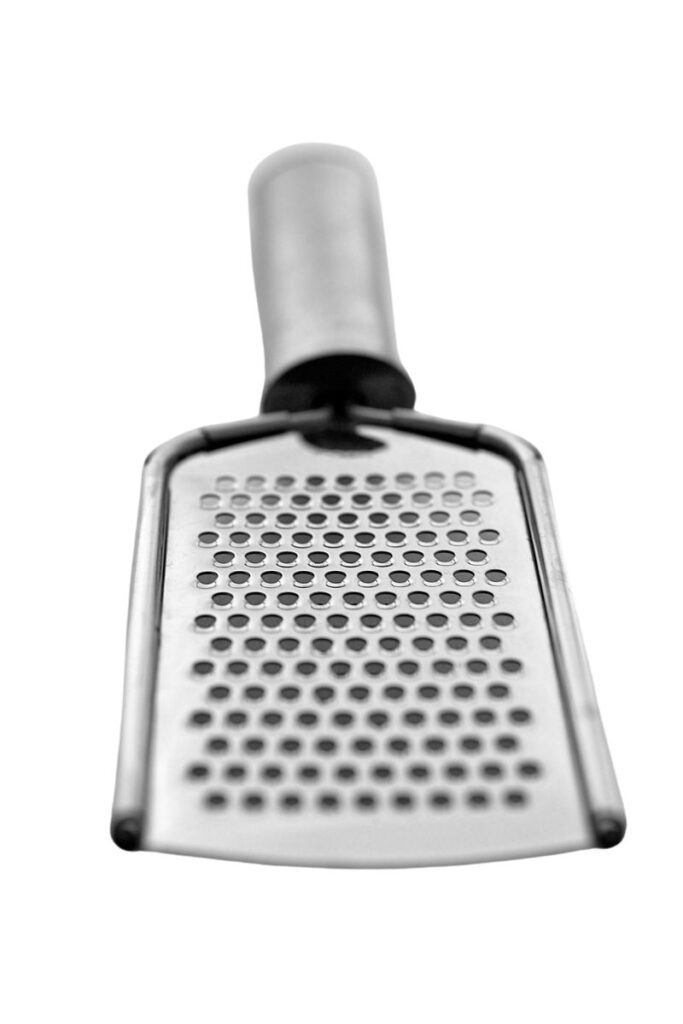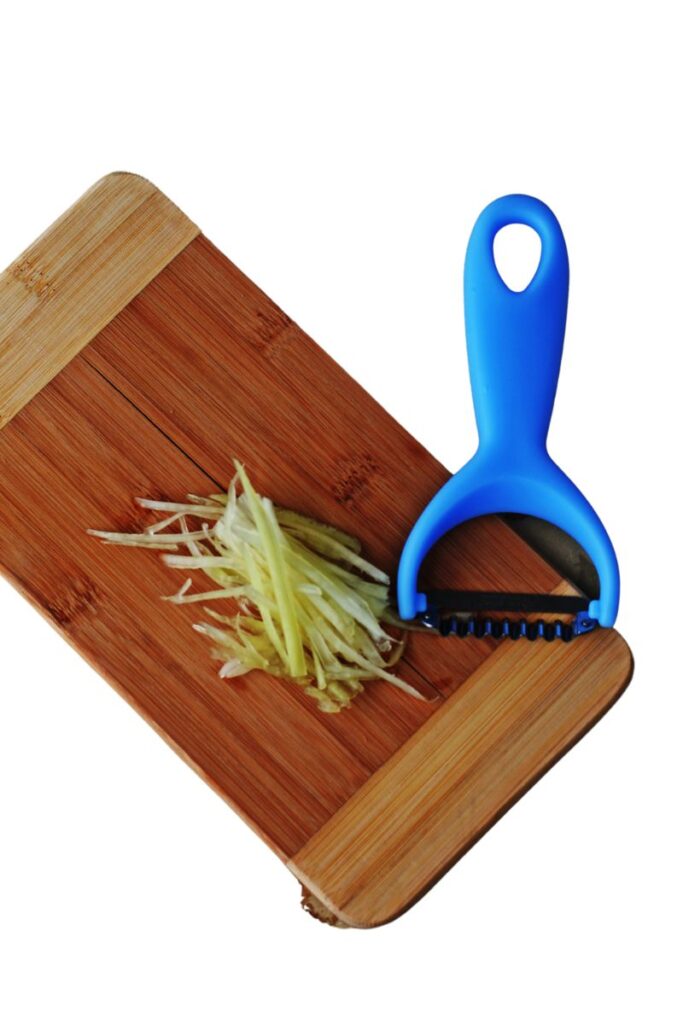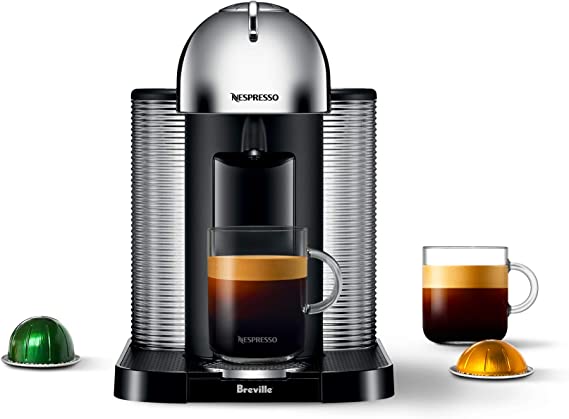Sleepy Girl Mocktail recipe + tart cherry substitutions
I had 4 people ask me about the Sleepy Girl Mocktail within 5 days so I thought I should offer my two cents as a registered dietitian. This recipe has been making its rounds on social media, thanks to wellness influencer Gracie Norton and her popular TikTok video. It even had Good Morning America talking about it’s sleep-inducing properties! But what makes this viral drink potentially the perfect beverage to have before you go to bed? Lets break down how the beverage can improve sleep quality and add some zhuzh to your bedtime routine.
Interested in a lower calorie version? Jump to the bottom for my version that is about half the calories of the original.
Jump to RecipeWhat you need to make the Sleepy Girl Mocktail
The main ingredients are :
- pure tart cherry juice
- magnesium powder
- prebiotic soda – Olipop soda is a popular brand
Add a few ice cubes if you want it on the rocks.
Jump to Recipe
Why does the combo work?
Tart cherries are a source of melatonin, a hormone that helps regulate the sleep-wake cycle and promote deeper, more restful sleep.
Magnesium plays a crucial role in the nervous system and has calming properties, making it a key ingredient for a good night’s sleep. It helps regulate certain hormones including the stress hormone cortisol which has a positive impact for better sleep.
While it’s not a magic potion, it does contain ingredients that have been shown to support a peaceful night’s sleep. I think it’s clever because it’s one way to replace your evening alcoholic beverage without depriving yourself.
Melanie Marcus MA RD
Prebiotic soda provides a bubbly texture with a touch of prebiotics. It also promotes gut health and can offer relief from digestive discomforts.
I think it’s clever because it’s one way to replace your evening alcoholic beverage without depriving yourself. It feels a little more elevated than water and without the effects of alcohol.
Ingredients substitutions
Tart cherry juice:
Well known for it’s melatonin content, tart cherry juice isn’t the only fruit that supports melatonin levels. Pineapple, banana, and grapes have also been observed to increase blood melatonin levels. You can cut your tart cherry juice or replace it all together with pineapple or grape juice.
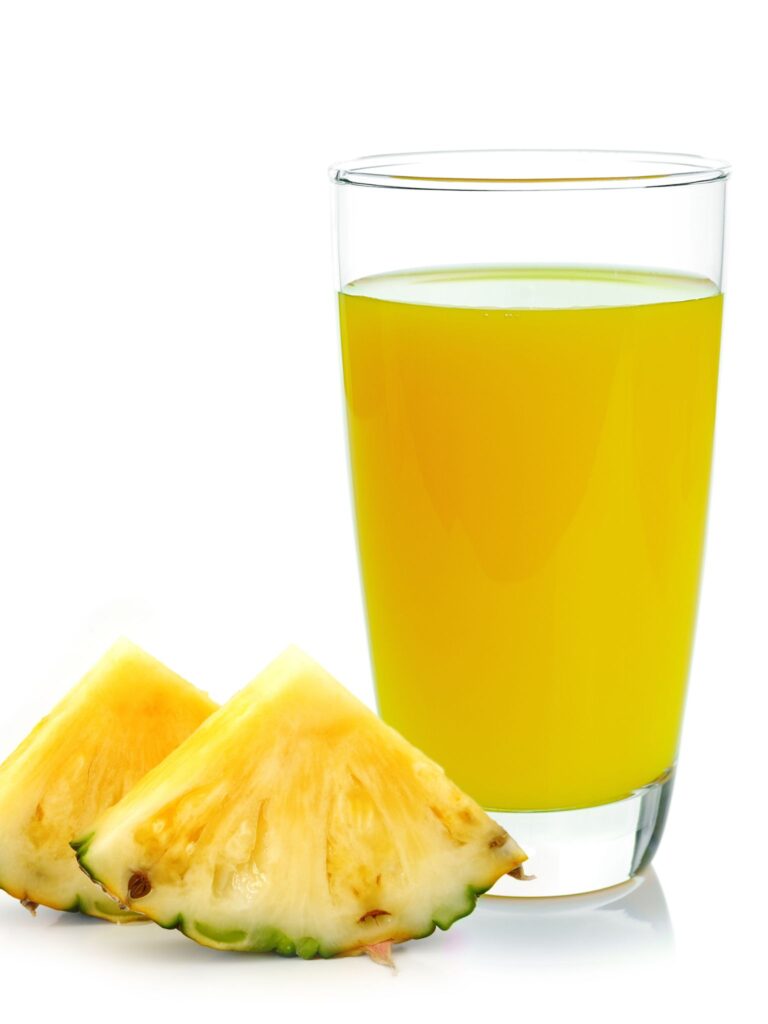
Magnesium:
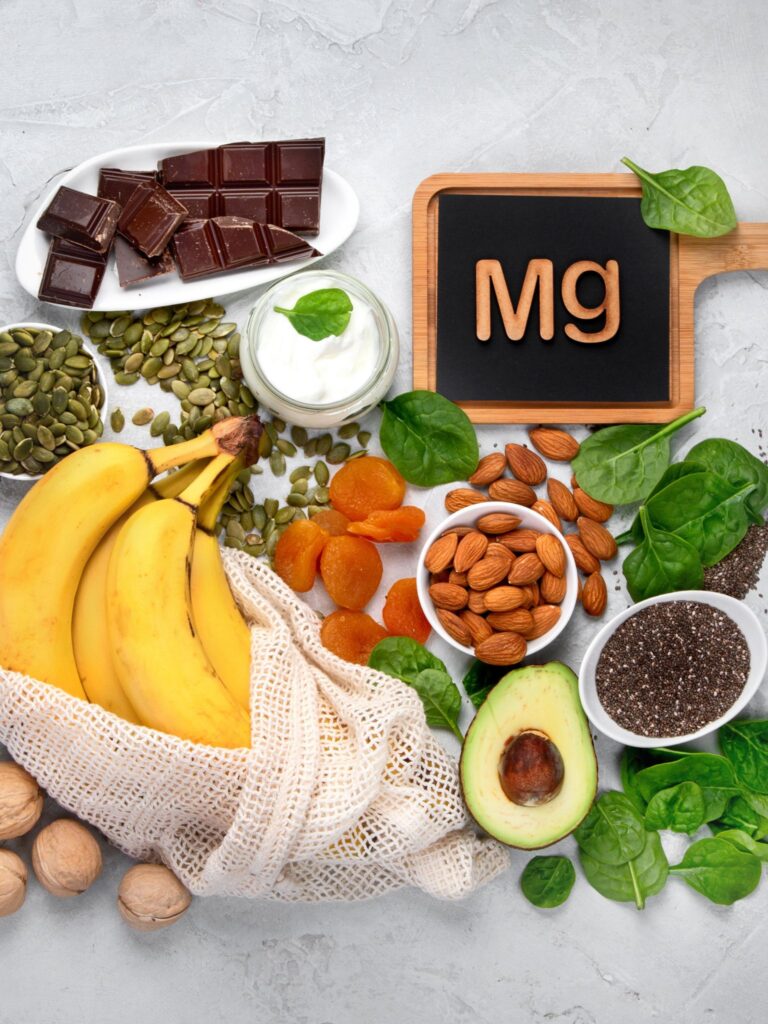
If you’re worried about taking ta magnesium supplement, add a teaspoon or two of chia seeds. Just 1 ounce has 95mg magnesium. If you generally don’t tolerate magnesium well, you can try magnesium glycinate. It is generally better tolerated and doesn’t result in upset stomach like other forms of magnesium.
Prebiotic soda:
You can replace prebiotic soda with regular soda water. Don’t skimp on this because it needs a little fizz. If tonic water crosses your mind, remember, it will add calories, just like regular soda will. Could taste good though!
Does the type of magnesium matter?
Magnesium is available in several forms, each with different effects on the body. One of the most common forms, magnesium citrate, is often used to treat constipation, and could lead digestive issues like diarrhea. This happens when unabsorbed magnesium salts stimulate bowel movements by drawing water into the intestines and colon. If you want to avoid this, magnesium glycinate might be a better option since it’s more easily absorbed and as a result less likely to cause these troubles.

The average scoop of magnesium powder has about 200mg per scoop.
That said, don’t forget that magnesium is widely available in natural food sources like nuts, beans, rice, seeds, and leafy greens. For example, chia seeds are a fantastic magnesium source, providing 111mg an impressive 26% of your daily value in just one ounce. Meanwhile, almonds and spinach are also rich in magnesium, offering nearly 20% of your daily recommended intake each. Incorporating these foods into your diet can help you reap the benefits of magnesium and avoid unwanted digestive complications that may come with certain magnesium supplements.
This drink may not be for you if:
Blood sugar is a concern
I want to start by saying that 100% juice does count as a serving of fruit. Just 6 ounces once daily counts as a serving (not more!). That said, juice is a simple form of natural sugar and can result in increases in blood sugar if consumed without fat, fiber and protein.
You are calorie conscious
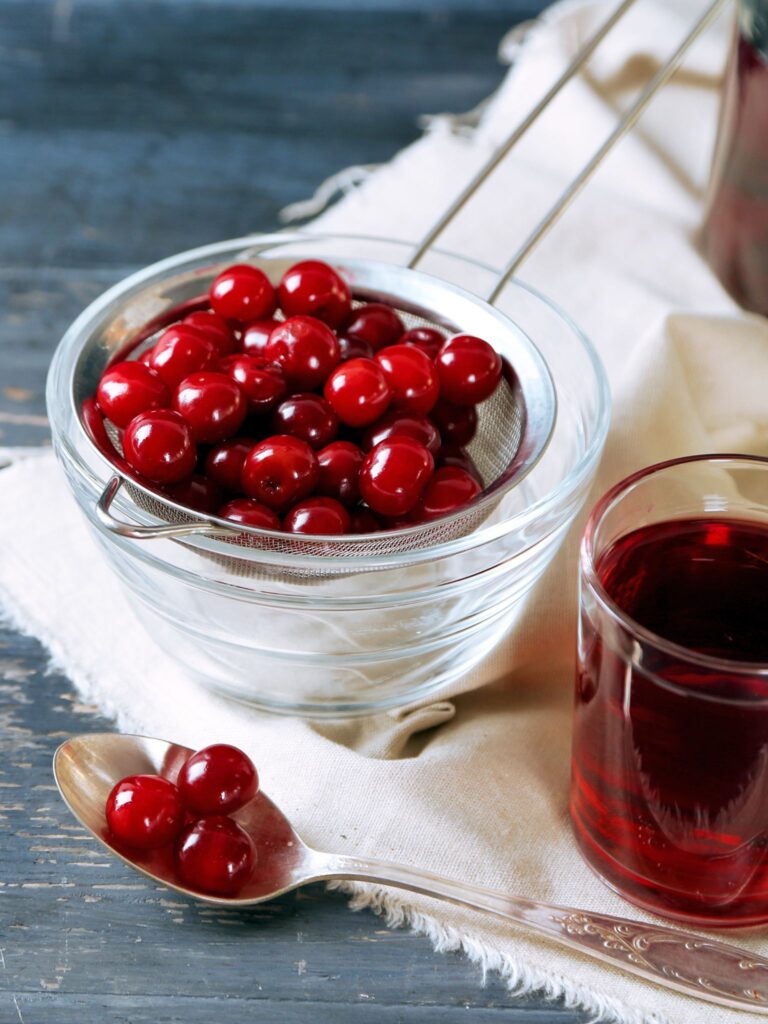
If you are tracking macros or following a lower calorie diet, for example, consuming liquid calories and fruit juices in general may leave you with fewer calories to eat throughout the day. One cup of tart cherry juice has 159 calories, 37g carbohydrate with 33g sugar, 1g protein, 1 g fat. While it is packed with nutrients, liquid calories don’t register the same way in your stomach. Plus that’s more calories than your average glass of wine or low calorie beer.
Signs of too much magnesium
Healthy people don’t have to worry about getting too much magnesium because excess is filtered and excreted by the kidneys. Consult with your physician before adding this mocktail to your routine.
That said, the the USDA established 350mg/day as a tolerable upper limit for magnesium for adults 19 years or older. Taking more may result in abdominal cramping and diarrhea.
Do I recommend the Sleepy Girl Mocktail?
While it’s not a magic potion, it does contain ingredients that have been shown to support a peaceful night’s sleep. I think it’s clever because it’s one way to replace your evening alcoholic beverage without depriving yourself. It feels a little more elevated than water and without the effects of alcohol. If you’re already taking a magnesium supplement, this may be a combo to try. Otherwise be sure to speak with you healthcare provider before adding a supplement to your routine.
What other questions do you have about the sleepy girl mocktail trend?

On a mocktail kick?
Check out this winter sangria recipe for a refreshing option. Or if you’re just into trending beverages, you won’t want to miss this blue cloud smoothie recipe. Check them out to be in the know!

Lightened up Sleepy Girl Mocktail
Ingredients
- 2 ounces Tart Cherry Juice
- 2 ounces Pineapple Juice
- 2 ounces club soda
- 1 tsp chia seed
- 1 scoop magnesium powder optional
Instructions
- Combine all ingredients in glass and mix well.
- Serve over ice if desired.
Nutrition



